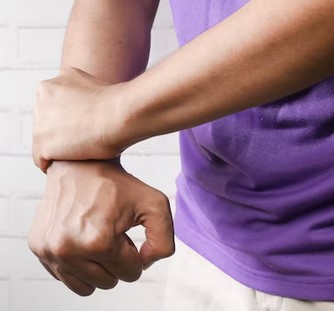Unstable Sacro-iliac (SIJ) Joint
The #1 job of our sacroiliac joint (often called ‘SIJ’) is to absorb vertical (up and down) forces that goes through the body. Such as in jumping walking carrying a load (groceries, kids, pets, laptop) climbing etc That’s why it’s made to be very stable and sturdy structure that joins the spine to the pelvis….







